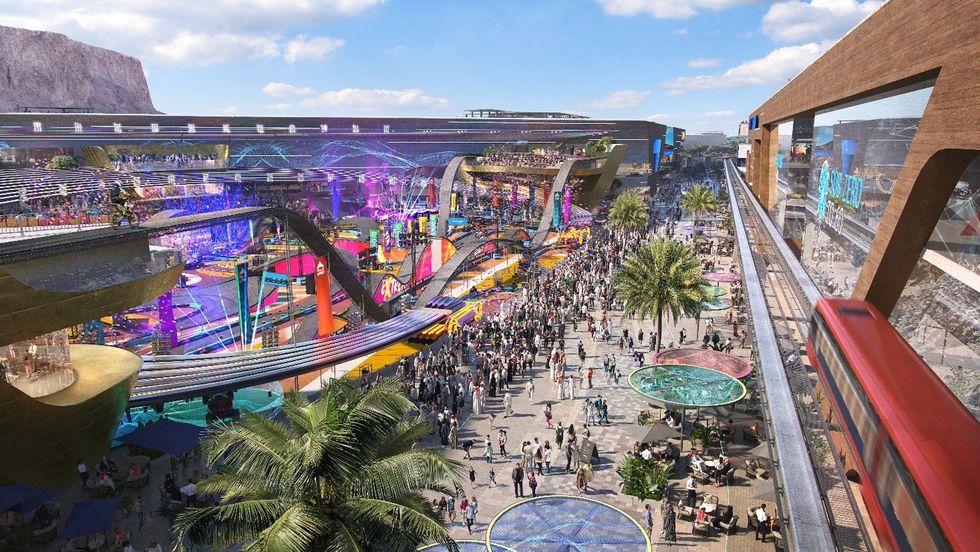Journey, a global design and innovation studio pioneering multidimensional experiences (MDX), has shared details of its Davidson Prize-winning AR wellness tool, HomeForest.
HomeForest seeks to offer the anxiety-reducing benefits of nature in urban spaces. When a walk in the woods is not possible, this multisensory and multidisciplinary AR environment combines the physical and virtual worlds to bring nature to the home or workplace.
"Designed to address heightened anxiety levels and bring the restorative effects of nature into the home, HomeForest is part multisensory wellness tool, part personal nature reserve—and all sanctuary," says Eleanor Greenleaf, senior creative at Journey
HomeForest developed from the concept of Shinrin-yoku (forest bathing), in which spending meditative time in forests is believed to reduce stress levels.
Starting with a digital twin of the user's home or office, HomeForest employs spatial computing via Unreal Engine, a powerful rendering technology popular among video game designers, to create flora and fauna that respond in real-time to touch, motion, and mood. As users are cocooned by the AR environment, they can hear birdsong, feel the sway of the palms, and listen to poetry.
Strengthening connections to nature
Journey and Haptic Architects created the Davidson Prize-winning HomeForest in 2021 in collaboration with Yaayo Meng, LionHeart, Coda to Coda, and Light Origin.
The project responded to an array of clinical trials that prove that exposure to nature reduces stress, improves mental health conditions like PTSD and ADHD, reduces sleep deprivation, and enhances creativity.
"However, few people in urban centers count long walks in the woods among their daily rituals, and of course, most are stressed out," says Greenleaf. "This made us think: is there a way to use virtual spaces to connect with nature during those stressful moments when an escape to the park isn’t possible?"
Research on relaxation programmes based on virtual and mixed reality has demonstrated the ability of these technologies to reduce stress. HomeForest does not replace nature in people's lives. Instead, it presents nature in a form that provides established therapeutic benefit on demand, when the real experience is not possible.
"If we and our collaborators have done our job, HomeForest will strengthen, not weaken, people’s connection to real nature," says Greenleaf.
The sensations delivered by HomeForest can grow richer with time and use as the technology continually 'learns' a user's environment. Journey is committed to further developing HomeForest's potential utility by incorporating new hardware solutions as they become available. For example, the programme might be set up throughout a home or workplace's networked Internet of Things (IoT) devices to provide new levels of experience.
Earlier this month, Journey shared its insights into the term ' multidimensional design '. "Design has never been a one-dimensional pursuit," the firm says. "We don’t just consume content; we create and inhabit it. We don’t just patronize brands; we interact with them in a rich, polyvalent ecosystem. We don’t live in one dimension. So why should we design for one?
"Fortunately, there’s a design approach that embraces the complexity and fluidity of contemporary life. This approach bridges the gap between thought and thing. We call it MDX, or multidimensional design."
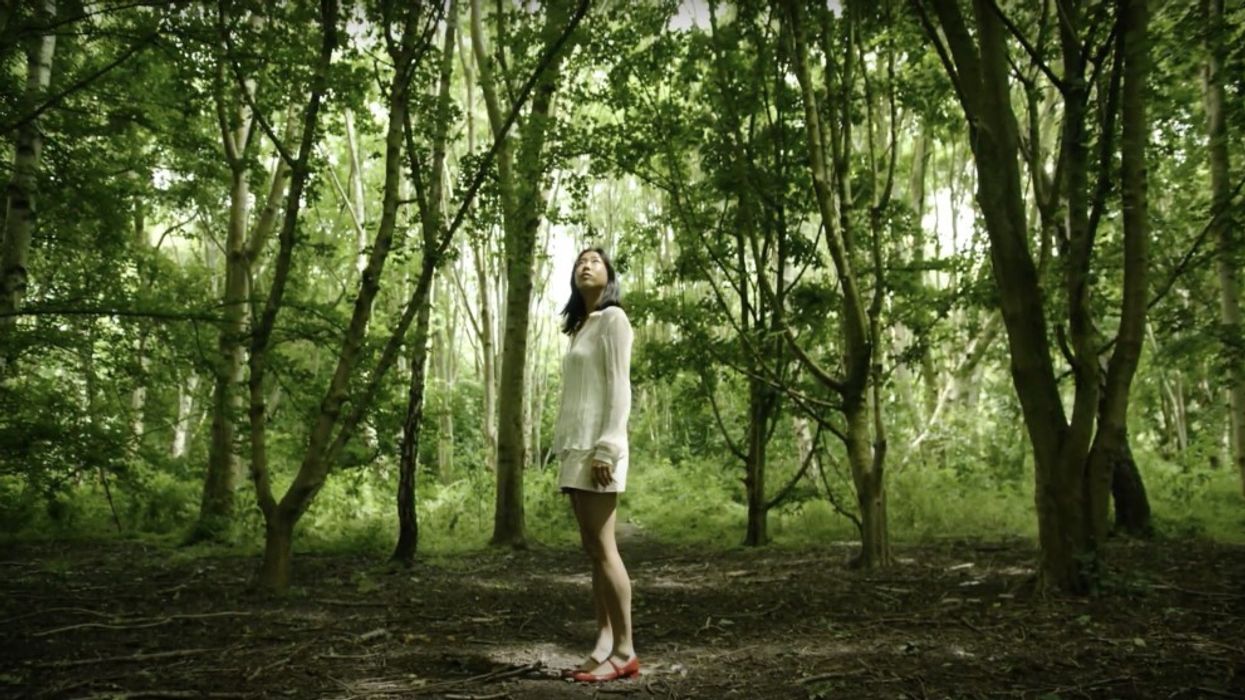


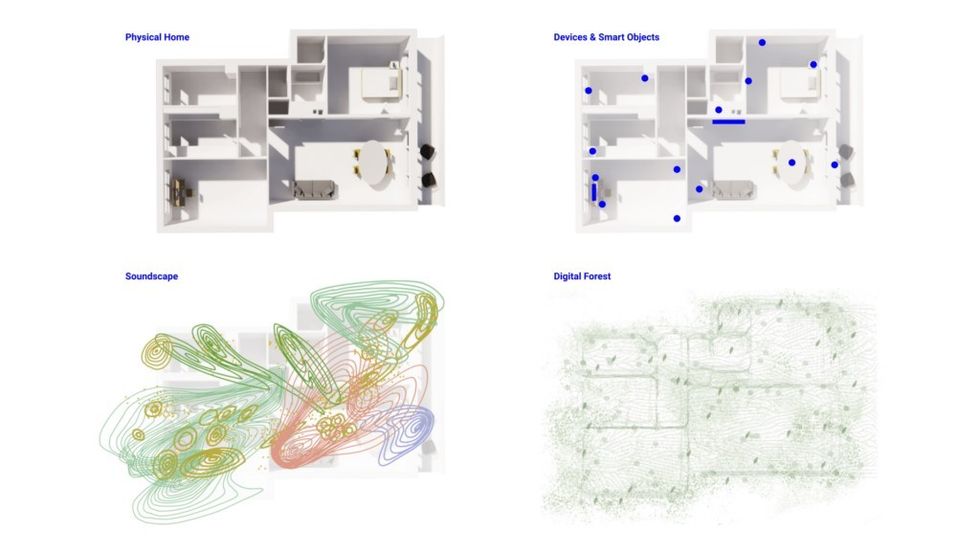
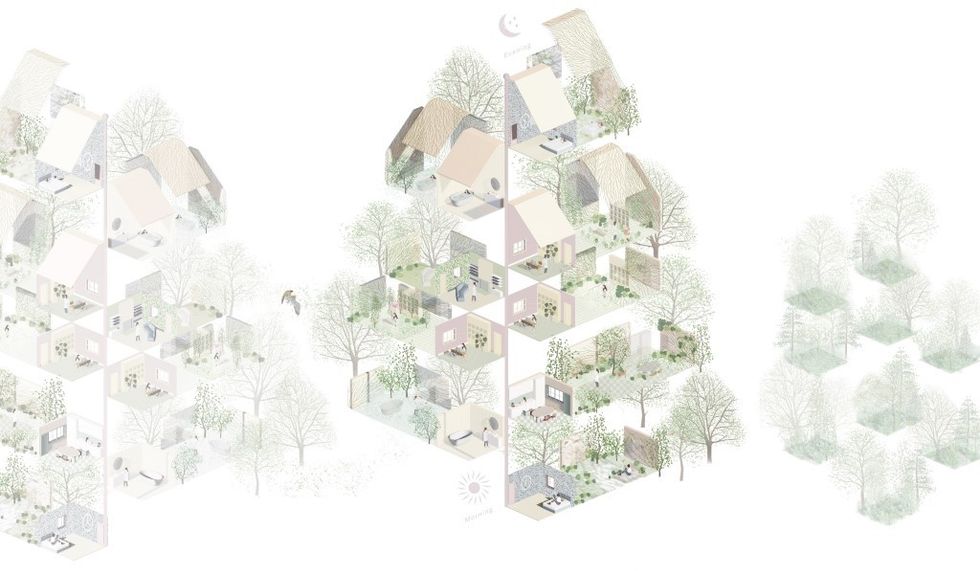

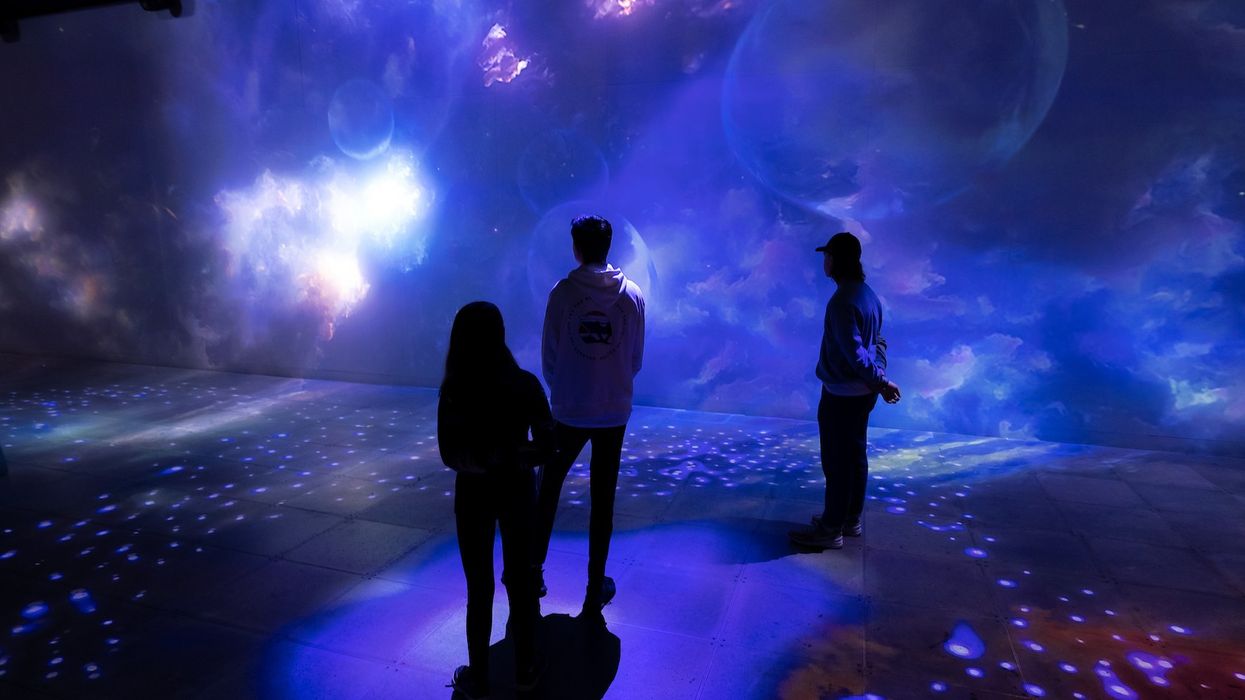

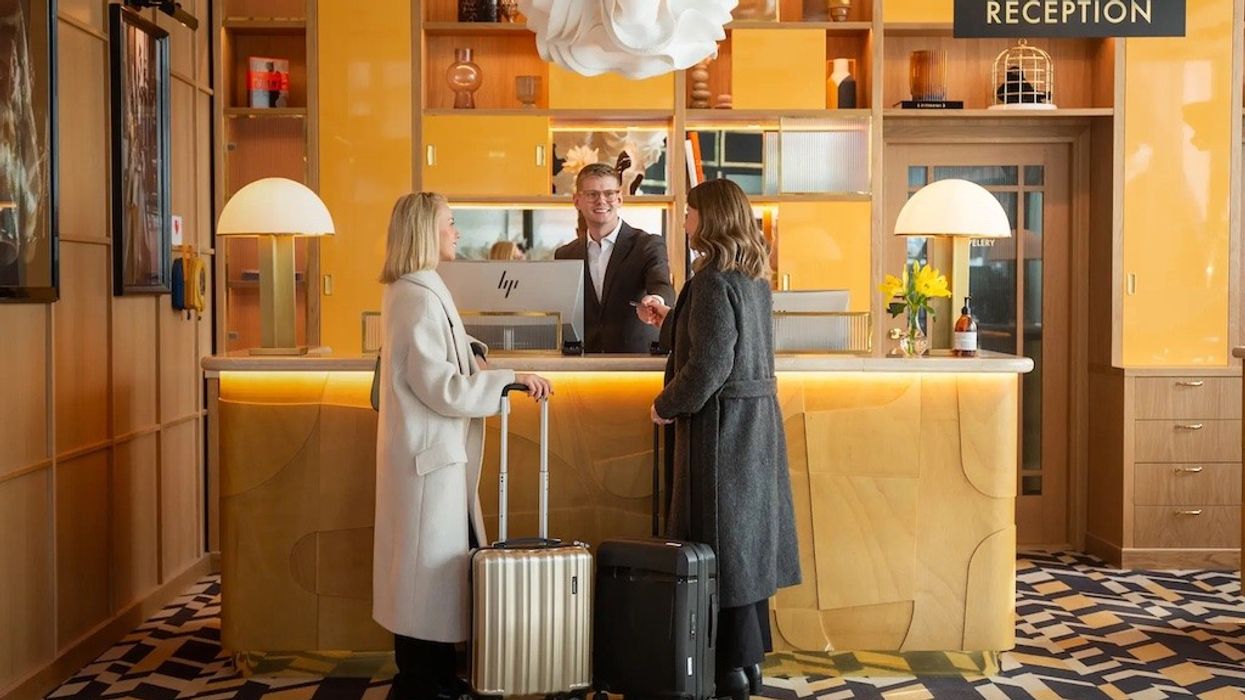

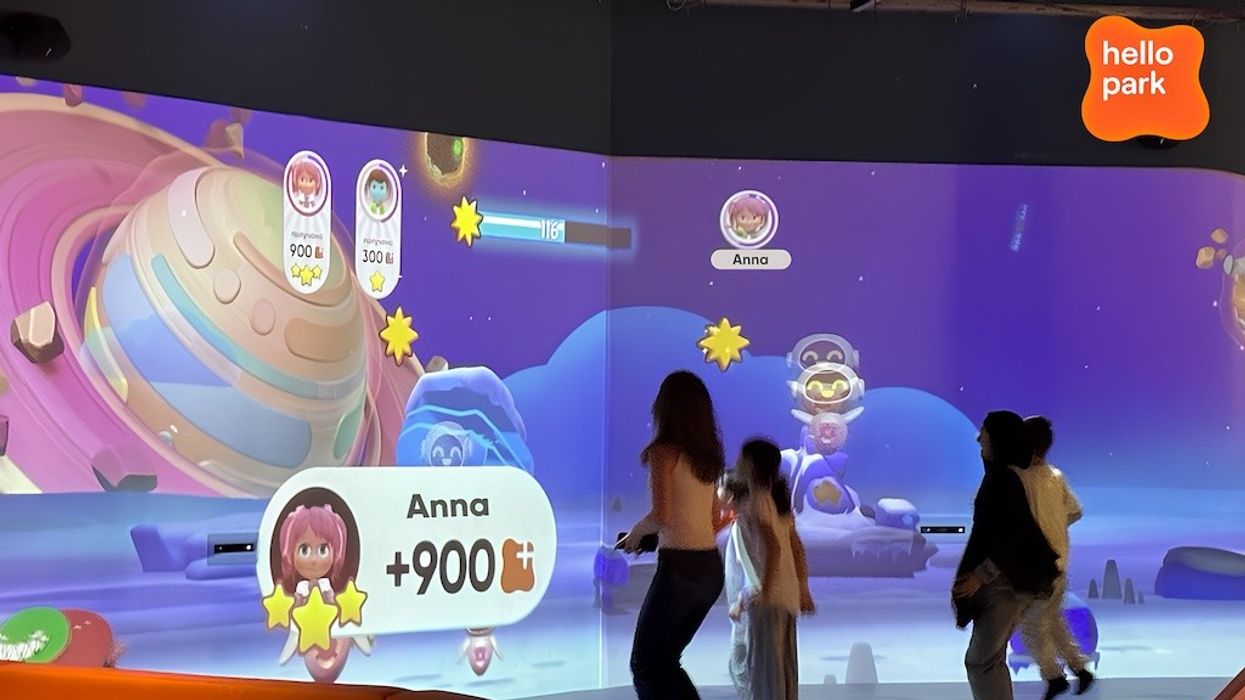

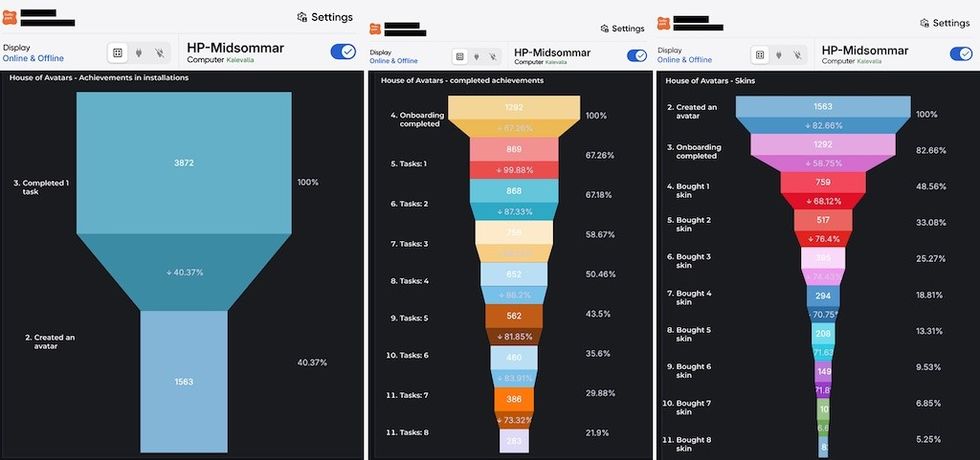




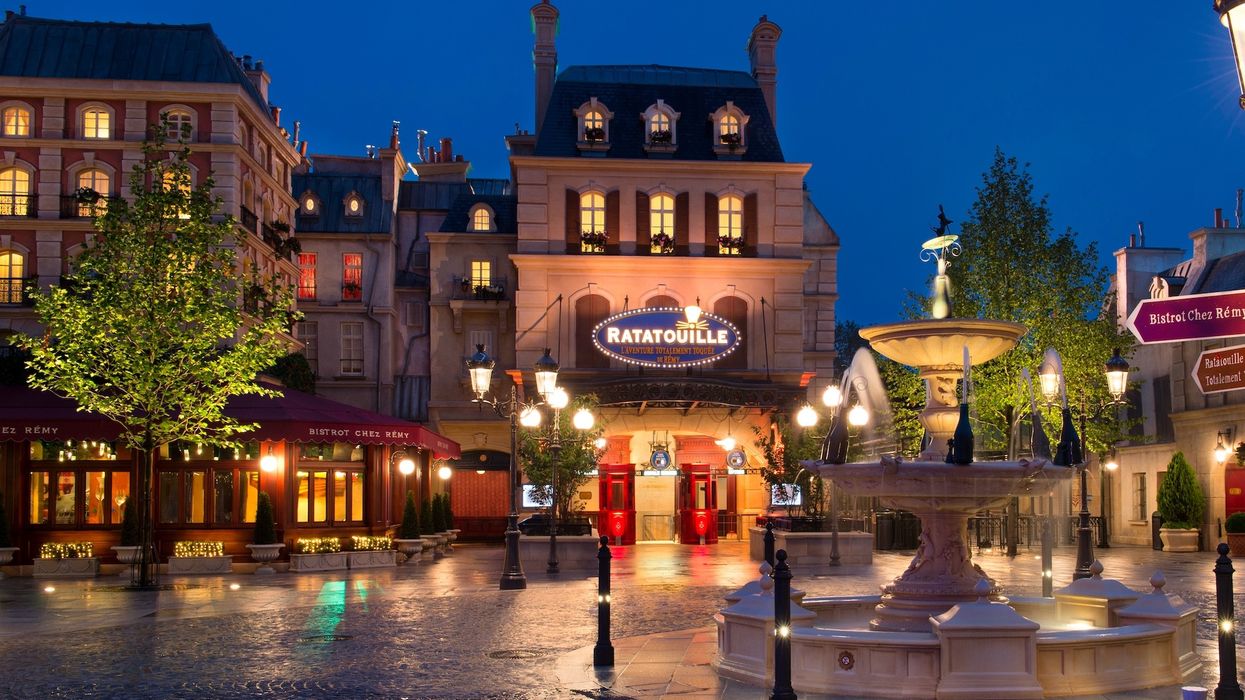


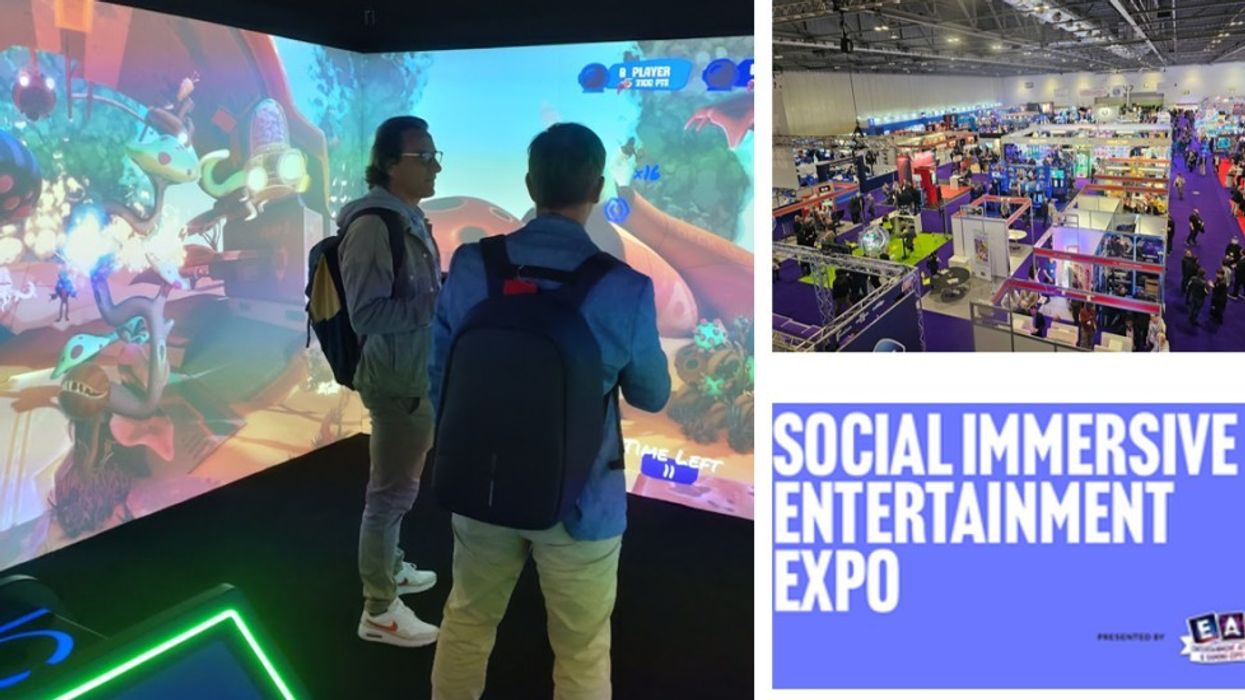
 Jade Craig
Jade Craig
